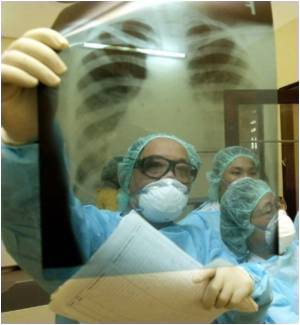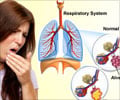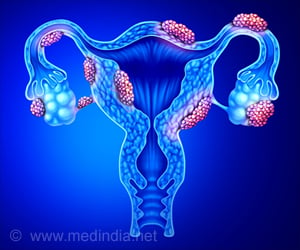Scientists have found why lung cancer rates are increasing in women, particularly in non-smoking women.

They found that smoke triggers rapid changes in gene expression in the lungs of female mice, including increasing expression of a network of genes involved in estrogen metabolism.
Based on these data, the team hypothesizes that estrogen metabolism may contribute to lung cancer in non-smoking women as well.
Following smoke exposure for 3, 8, or 20 weeks, Dr. Sibele Meireles, an assistant member in the Clapper Lab, found that 10 genes were differentially expressed in the lungs of smoke-exposed female mice as compared with control animals.
The gene most affected by smoke was cytochrome P450 1b1 (Cyp1b1), which is responsible for breaking down toxins and is a key enzyme for estrogen metabolism.
Additionally, when the team looked at networks of genes, they saw that genes involved in estrogen metabolism were altered within the lungs of animals exposed to smoke as compared to controls.
Advertisement
The investigators hypothesize that estrogen plays a role in the formation and progression of lung cancers, similar to the role it plays in some breast cancers.
Advertisement
Additionally the observation that estrogen can be detected within the lungs and that its metabolism is unregulated in the lungs of smoke-exposed female mice may provide new insight into why lung cancer is rising so quickly in women, including non-smoking women world wide, according to Clapper.
The investigators decided to look at gene expression changes after short-term smoke exposure in hopes of finding ways to intervene in or reverse the process.
"If we can identify the earliest events that happen within the lungs when you begin to smoke, we might be able to use therapeutics to block them as well as lung cancer," said Clapper.
The study was published in the TK-ISSUE of Cancer Prevention Research.
Source-ANI















